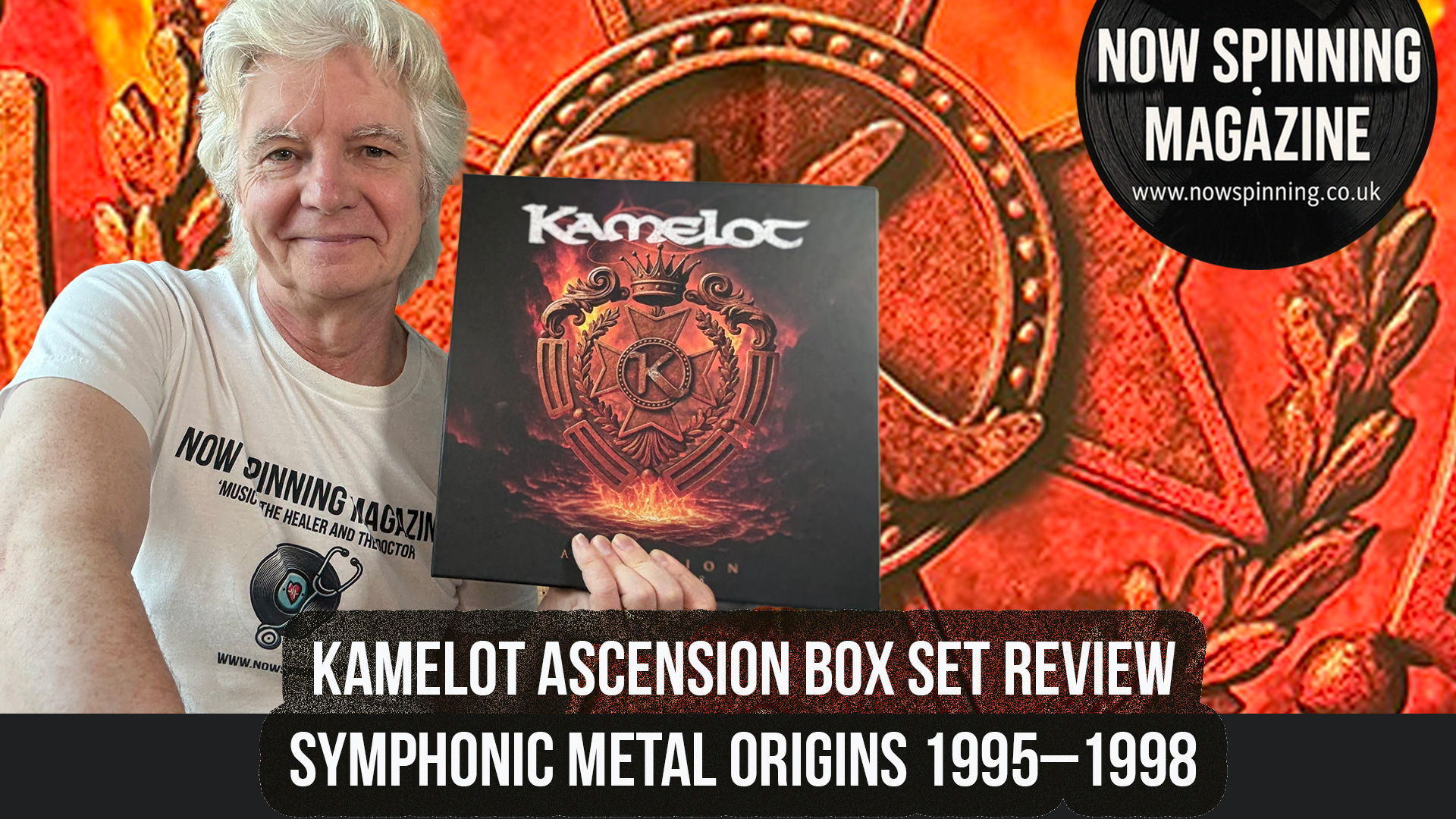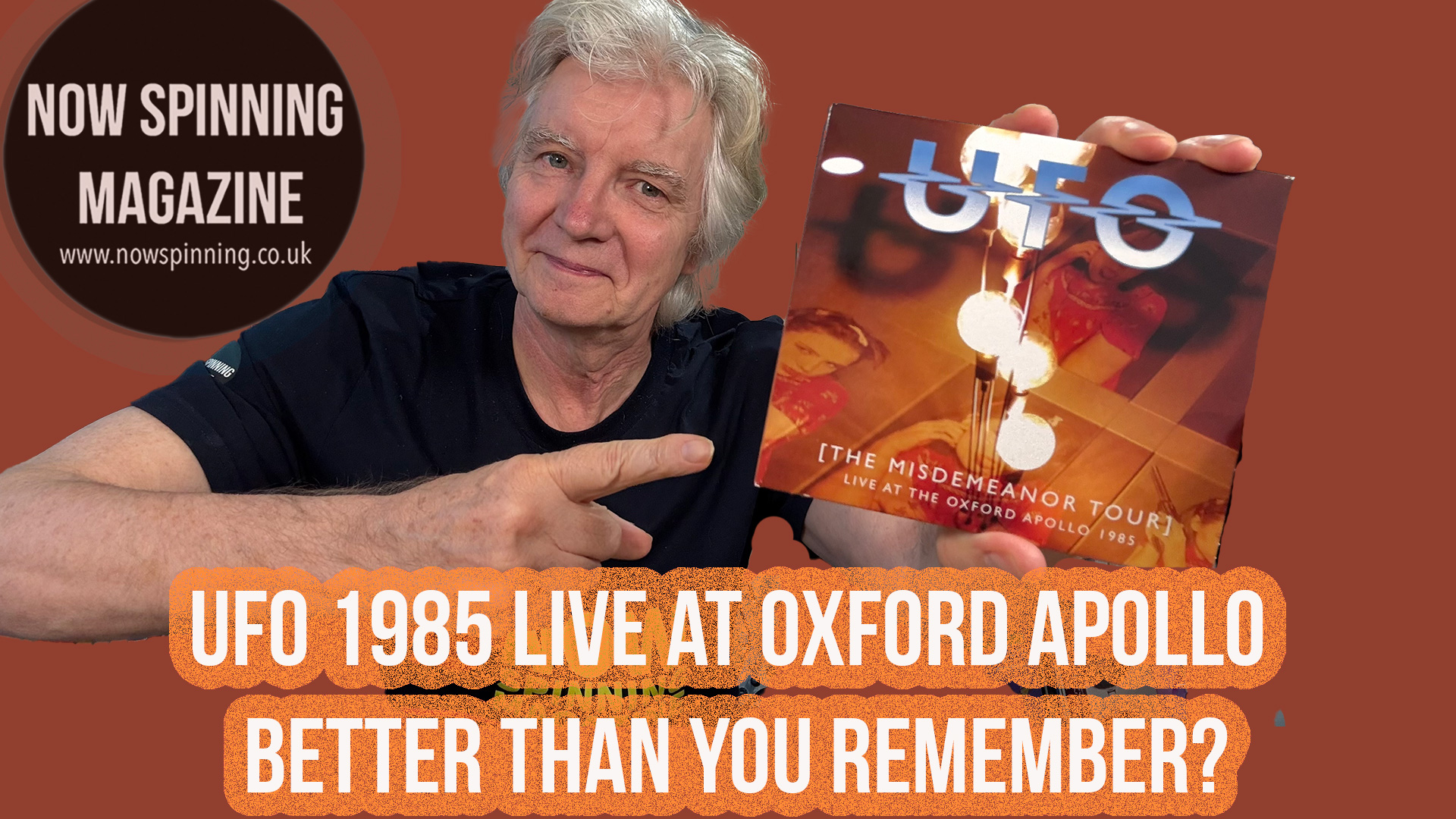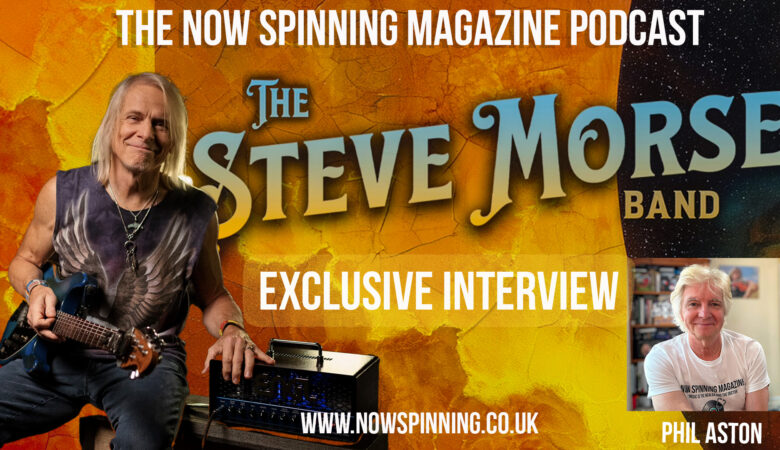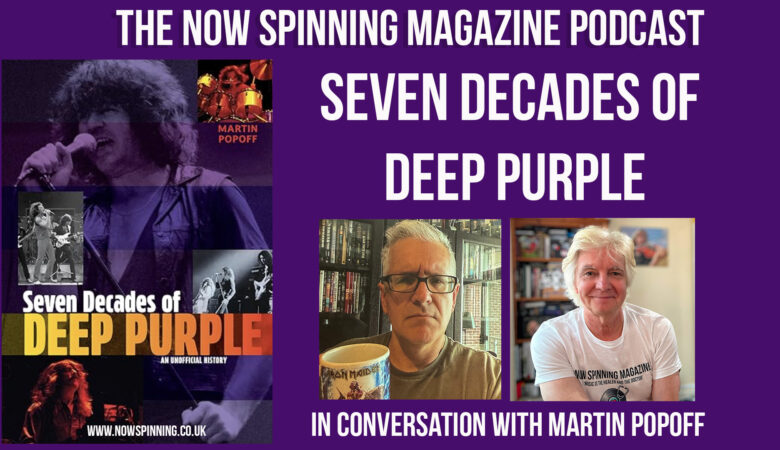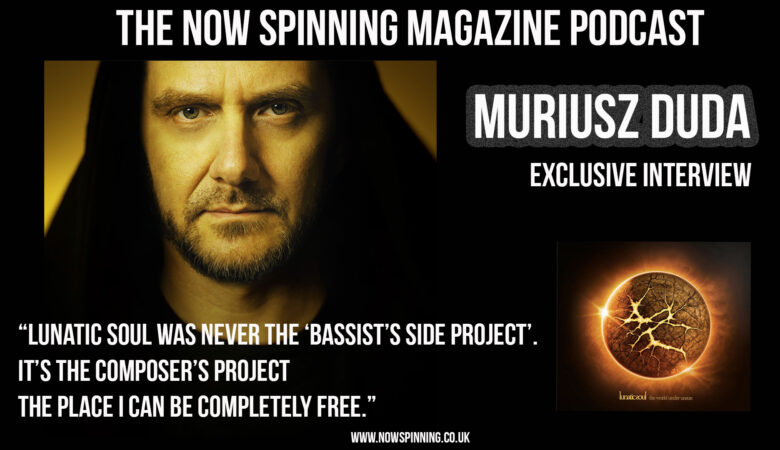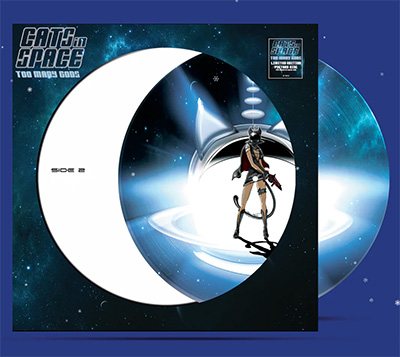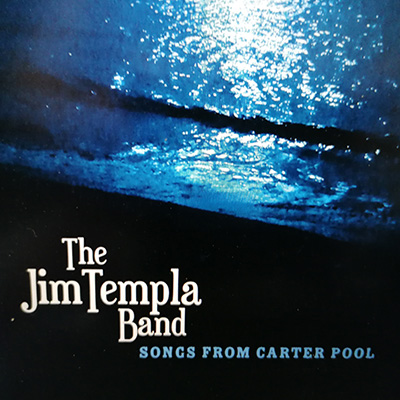Steve Howe on Bringing the Past Into the Present: Revisiting Portraits of Bob Dylan (1999) and Natural Timbre (2001)
Listen to the Interview On YouTube
Hi, I’m Phil Aston from Now Spinning Magazine. I’ve just had the pleasure of speaking with Steve Howe for the third time, and this conversation goes deep on two of his most personal solo releases—now beautifully reissued on Steve’s HoweSound label: Portraits of Bob Dylan (1999) and Natural Timbre (2001).
These records feel like companion pieces: one a lovingly curated and re-imagined tour through Dylan’s songbook with a galaxy of guest singers; the other a spacious, meditative acoustic journey where the music does all the talking.
Both albums are available now on CD, with Portraits of Bob Dylan on deep red double vinyl and Natural Timbre on translucent green vinyl. If you missed them first time round, give them a stream—and then treat yourself to the physical editions. These are keepers.
Portraits of Bob Dylan: Arranger’s Art, Singer’s Circle
Steve came to this project as a producer–arranger first and a guitarist second, determined not to simply re-record Dylan as-is:
“I don’t believe it’s ever worth re-recording a song the same as it was—you’ve got to bring something to the party.”
The song selection leans into romance, longing and the complications of love—avoiding the obvious hits (no “Like a Rolling Stone” or “Blowin’ in the Wind”).
Steve wanted a thread of “romance struggle” running through the record. Guest vocalists helped shape the final list—most dramatically when Jon Anderson asked to sing “Sad-Eyed Lady of the Lowlands.” At side-four length on Dylan’s Blonde on Blonde, it’s an epic—and Steve treated it that way:
“Sad-Eyed Lady was a different proposition because of its length. I had to think more linear—‘this is a big piece’—and keep it about the song.”
Elsewhere, the arranging is all about contour and continuity. Steve keeps trademark Dylan riffs where it matters, but reshapes the frame—classical guitars for “The Lonesome Death of Hattie Carroll,” a rock-jazz-soul pocket for “Lay Lady Lay” with PP Arnold (“she sings her heart out!”), a beautifully spare recut for Phoebe Snow (“we re-recorded it in a different key to suit her”). Annie Haslam brings elegant poise to “It’s All Over Now, Baby Blue,” and Keith West—Steve’s friend since Tomorrow—steps into “Lay Lady Lay” / “Lady of the Lake”-era memory with warmth and character. Dylan Howe’s drumming is all over the record, adding feel and family connection:
“I love working with Dylan—he grew up with Bob Dylan’s songs, and he brought his own regard for the material.”
Crucially, Steve’s guitar never grandstands:
“The most crushing thing would’ve been to use this as an excuse to show off. I maneuvered the guitar textures so they pour into the song—they don’t take it over.”
The effect is a portrait of Dylan by way of mood, melody and empathy—perfect for listeners who “don’t think they like Dylan” but love great songs, sung and arranged with care.
Natural Timbre: Space, Sequencing and the Joy of Acoustic Colour
If Portraits is Steve the producer-arranger, Natural Timbre is Steve the sculptor of space. It’s entirely acoustic, 18 pieces across about an hour (a double in “old money”), and it breathes. You can hear the wood and wire in every phrase—fingerstyle guitars, bass, pedal steel, koto, and cameo textures that serve the narrative rather than crowd it. Dylan Howe returns on drums; violinist Anna Palm adds painterly lines where needed.
“Acoustic instruments go together rather nicely—like an orchestra. A lot is gifted to you when you play acoustically.”
A standout is “Dream River,” essentially a conversation between two guitars. Steve tried it with a pick, but the road in was fingerstyle—played on a rare Gibson FDNH he’s cherished for years:
“I put the plectrum down and suddenly it opened up. Fingerstyle is a marvelous opening for your technique.”
Sequencing is everything. Steve starts with a shape in mind, sometimes even working backwards from the perfect goodbye:
“The running order is the last chance to build the story. I’ll reorder until I’m happy—start with the track the album needs, finish with the way you want to say goodbye.”
There are re-imaginings, too—most notably “To Be Over” (Yes) and “Your Move.” They’re not obvious lifts; they’re renewals, with Andrew Jackman’s orchestral sensibility echoed through acoustic means:
“We had to get that aura going—just with acoustic instruments.”
What I love most is the restraint: the music has room to bloom. Add one instrument too many and you’d lose the meditation. Steve knows exactly when to put the brushes down:
“There’s a moment you say, ‘That’s good.’ If there are flaws, fix them—but don’t crowd the picture.”
“Bringing the Past Into the Present”: Signals Crossed (EP)
Steve hinted at a follow-up to Portraits—an EP titled Signals Crossed, slated for October, featuring a fresh voice-and-guitar performance that predates the original Portraits sessions and two alternate versions revived with new drums from Dylan Howe and new mixes:
“They’re about today—not so much about 1999/2000. We’ve revitalized them.”
(As ever, keep an eye on stevehowe.com for final details and timing.)
Final Thoughts
Portraits of Bob Dylan is a masterclass in arrangement and curation—deeply musical and beautifully sung. Natural Timbre is 60 minutes of unfussy, luminous acoustic music that invites you to slow down and listen. Together they feel like two sides of the same coin: songs and space, both guided by taste and trust.
Phil Aston | Now Spinning Magazine


